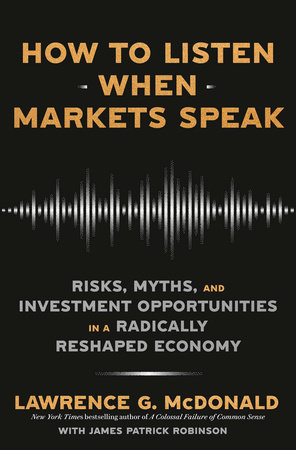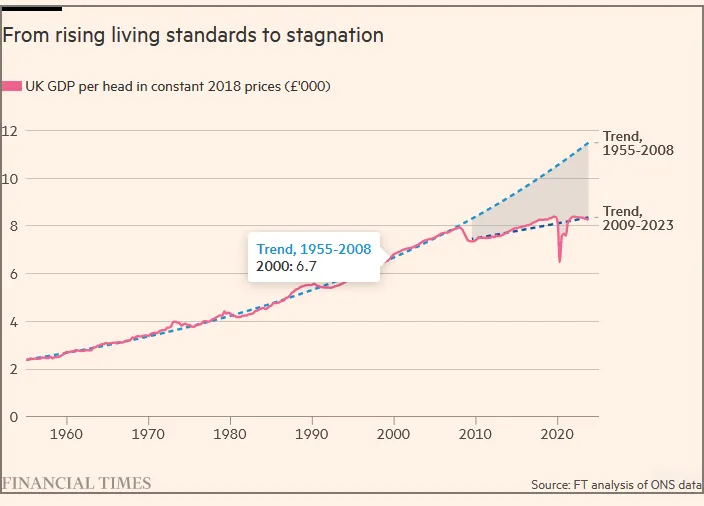It looks like you're new here. If you want to get involved, click one of these buttons!
Zelle seems to say that if a bank doesn't work with it just use a debit card and the Zelle app.
If [Zelle payments do not work with Fidelity], I will have to transfer from my Fidelity to my bank to the non-family person. ...
If it works with Fidelity, the benefit of Fidelity (vs Schwab) is I do not have to transfer to a non-interest bearing account first.
To get to these discussion board pages you can start with this page. It has links to archived versions of the www.fundalarm.com page for 2008.
- How likely is it that tomorrow will be another Black Monday (like 1987) or worse? nm. - BWG 16:33:54 03/16/08 (5)
- Re: How likely is it that tomorrow will be another Black Monday (like 1987) or worse? nm. - xorion 16:57:56 03/16/08 (0)
- i'm very worried and tracking progress here: - mmc 16:45:59 03/16/08 (3)
- Re: great site - looks like limit down - rono 17:12:11 03/16/08 (0)
- Re: i'm very worried and tracking progress here: - earl 16:54:03 03/16/08 (0)
- Thanks for the link. At this time, Japan is open and down 3%. nm. - BWG 16:48:45 03/16/08 (0)
Me too. Always a lot of common sense on his show.Without realizing it at the time Lou of WSW is probably the reason I got interested in Mr Market. It was must watch TV every Friday for me.
Glad you chose to stop and comment. "Only an idiot gets rich twice." LOL. Sounds almost like a Yogi Berra-ism. And yes, I specifically recall that line from the book, too--- regarding bubbles. I'm not good enough to spot that sort of thing, and then get out in time, "before the fall." So I just don't do it. It's not in my own playbook.@Crash. …that was me. The “Psychology of Bubbles” was interesting, and that was the basis for my earlier comment regarding this book.
“One key lesson to take away is that for investors, bubbles are an incredible opportunity to make money—as long as you recognize when the sell-off is no longer a buying opportunity.”
Which is pertinent perhaps to the market of current times. I no longer feel compelled to chase the absolute highest returns, and I believe there’s a lot of risk in the S&P500 currently.
As I read on the blog”A Wealth of Common Sense”, “only an idiot gets rich twice”.



Correct! And having a source of income during those times doesn't hurt either even if that source is contained within your portfolio. Otherwise you'll find yourself juggling hand grenades that have had the pins removed.In 2008-2009 I rode it out, in 2020 I flinched, sold and took a big loss (dumb), 2022 rode it out. Riding it out is much better in the long run and why you need assets set aside to handle/spend during drawdowns.
@gman57 - Could you please clarify which post or suggestion your “that” refers to? It’s likely a reference to the quotation I posted above (“The reason bear markets go down three or four times as fast …”) ?That's the mistake people make bailing after a big drawdown …
© 2015 Mutual Fund Observer. All rights reserved.
© 2015 Mutual Fund Observer. All rights reserved. Powered by Vanilla